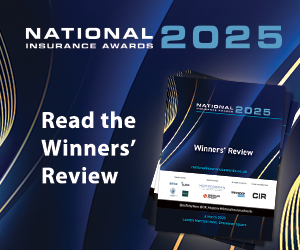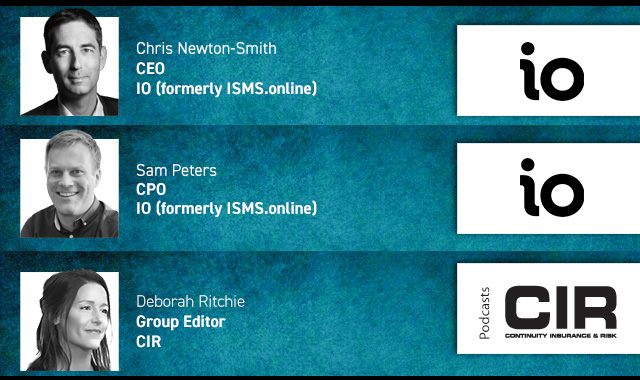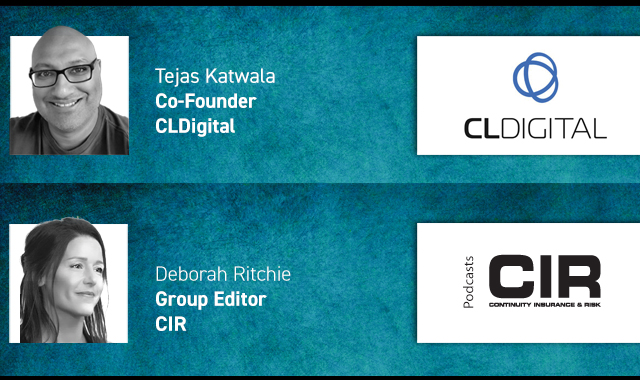The wide-ranging impact of COVID-19 on well-being has the potential to lead to an increase in occupational stress claims. Barbara Goddard and Matthew Atwell examine the legal perspectives
Stress is a reaction people have to pressures or other types of demand placed on them. Some stress helps us to get things done. Stress only becomes a problem when it becomes excessive and likely to lead to illness.
Societal attitudes to mental ill-health and well-being have evolved rapidly in recent years which may encourage future claims for occupational stress, particularly given the difficult circumstances many have found themselves in since March. Unlike many other conditions, occupational stress can arise across all sectors and industries meaning that no employer can afford to ignore the risk that it presents. In 2019, 602,000 people suffered with work-related stress, depression and anxiety. Absence from work has reduced by 20 per cent over the last decade, yet mental health illnesses have increased by five per cent. Stress and depression had become the most common reason for time off work, even before lockdown.
Due to COVID-19, on 23rd March 2020, the Prime Minister announced that people should work from home if possible, resulting in millions of employees immediately switching to remote or home working. Many surveys have reported increased stress levels as a result of having to work from home during the pandemic. Home workers may feel isolated, anxious, have a lack of perspective, worry about reductions in hours, possible redundancy or fear of contracting COVID-19. Further, the ever-changing guidance creates uncertainty that will also have an impact. The government guidance has changed several times since March. From 1st August the Government ended its work from home guidance and, instead, gave employers discretion, asking them to decide how their staff can operate safely. A further change occurred on 22nd September when the public were told to work from home if you can. On 15th October, the rules changed again with the government creating a three-tier system with increasing restrictions for different areas of the country, depending on the designated alert level. On 31st October, a second nationwide lockdown was announced, commencing 5th November, updating guidance to ‘everyone who can effectively work from home must do so’. This has resulted in millions being placed under further restrictions, meaning a substantial proportion of the workforce is likely to be remote working for the foreseeable future.
There could be an increasing pool of stressed, mentally unwell people who may look to make (not necessarily valid) claims, particularly if their employment is terminated at a time when unemployment is rising rapidly and they are financially stretched. The reported reduction in workforce well-being is combined with the fact that, when working remotely, employers have less visibility of potential warning signs.
Employers continue to have an overriding duty under section 2(1) of the Health and Safety at Work Act 1974 to ensure, so far as is reasonably practicable, the health, safety and welfare at work of all employees. Employers need to ensure that strategies in respect of managing stress in terms of policies, risk assessment, prevention and intervention measures are up-to-date and staff trained to implement these. In particular, from a claims defensibility perspective, it makes sense for employers to be able to demonstrate that they have recognised the risks from ‘reduced visibility’ and taken measures to address them, such as re-enforcement of supervision structures.
Notwithstanding the above, employers are not under a duty to make searching enquiries and are generally entitled to take employees at their word, so they should supervise and check in with people, but not cross-examine. As already noted, employees are becoming more forthcoming in respect of mental health issues to include work-related stress and those minded to make a claim could well be better placed to overcome the hurdle of foreseeability, as set out in the Court of Appeal decision of Hatton v Sutherland (2002).
The threshold question is: ‘whether this kind of harm to a particular employee was reasonably foreseeable’. Importantly, the signs have to be plain enough that a reasonable employer should do something about it. However, in 2017 the HSE announced an intention to focus on tackling workplace stress, and in 2018 the Government published a framework to support employers to report mental health issues in the workplace. Further, many employers are training increasing numbers of mental health first aiders.
So, in this changing context, the courts may have higher expectations in respect of the signs that an employer should follow up. Indeed, HHJ Cotter held in Bailey v Devon Partnership NHS Trust (2014) that the health and safety landscape had changed considerably since Hatton in terms of the acknowledgment of the importance of adequate risk assessments and comprehensive guidance available in respect of stress at work. HHJ Cotter held that a duty to assess risk in relation to stress in a workplace could now arise at a much lower threshold and such an assessment might well put an employer on clear notice of the need to take adequate steps to prevent an employee from injury.
The obvious point to note in a remote working situation, is that, in addition to reduced visibility of warning signs, there is the added risk that employees may seek to cover up issues if they are concerned about being made redundant. As already stated, there is no duty to make searching enquiries but employers must be able to demonstrate proactive steps to monitor welfare for those working remotely during the pandemic whether by supervision systems, risk assessment or surveys. If signs of problems are identified, then this should trigger action. Employers are only expected to take steps that are reasonable in the circumstances and are likely to do some good.
Historically, claims have been defended on the basis that, if an assessment had been made at a point when a particular sign became apparent, the outcome would not have been changed. However, the far better position to be in is to have made an assessment as to what could and could not be done, to have consulted with the employee, perhaps with occupational health input and evidenced the reasons for actions or inactions. In a broader context, employers should ask themselves whether remote working has created inefficiencies that require reconsideration of priorities and targets set, so as to minimise pressures and to demonstrate reasonable steps taken in the context of resources available.
In addition to the above, the claims risk can be minimised by a joined-up and enhanced focus on well-being to reduce the pool of potential claimants. Some simple tips to enhance well-being include keeping in regular contact, including regular video calls within teams and peer groups, assessing the quality of communications to determine what is needed in terms of message and method of conveying it, assessing and communicating priorities, and encouraging regular rest breaks. Research shows that our ability to cope with stress is improved if we can punctuate it, so rest breaks become more important in times of increased demand.
While occupational stress claims are currently relatively small in volume if there is not a focus on identifying and assessing the impact of visibility reduction due to remote working and then addressing clear signs of problems, there is a risk of increased claim volumes due to increased mental health awareness and the exacerbation of mental health issues due to lockdown. Work disputes and absences due to psychiatric illness are potential triggers for significant liabilities. From a legal perspective, employers should ensure that policies and procedures are up-to-date and then, when events occur, they minimise the risk from loose words, inadequate or unsustainable responses to workplace situations.
Overarching all of this, a focus on well-being will help prevent adverse events and reduce the pool of those who would consider making a claim. However, when claims are made, a proactive and forensic approach is required to ensure the scope for a softening of approach by the courts is minimised and that floodgates are not opened.
This article was published in the November-December 2020 issue of CIR Magazine.
Download as a PDF
Misplaced your login for magazine content? Request a reminder.
Read more features like this
Printed Copy:
Would you also like to receive CIR Magazine in print?
Data Use:
We will also send you our free daily email newsletters and other relevant communications, which you can opt out of at any time. Thank you.











YOU MIGHT ALSO LIKE